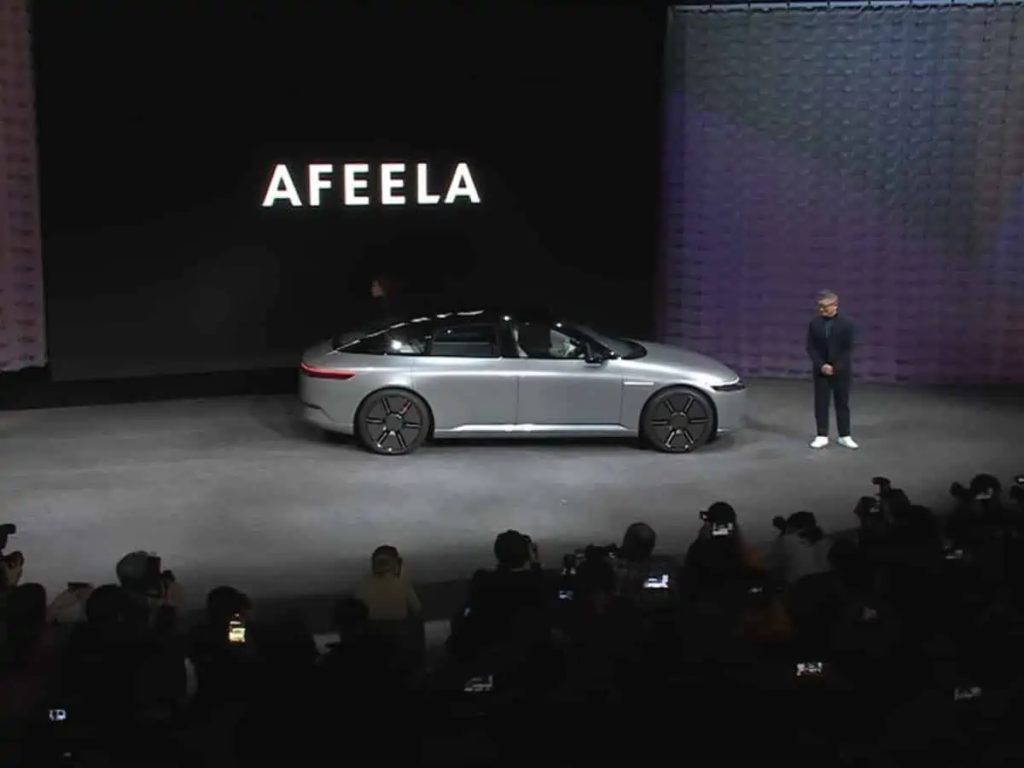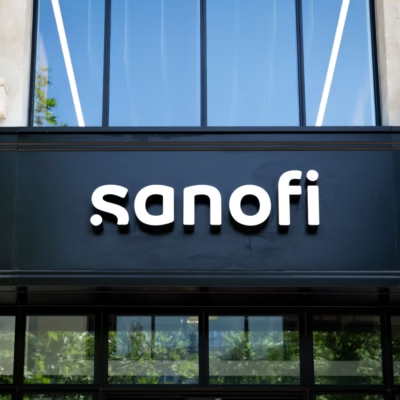In a bold and futuristic move, Honda and Sony took center stage at CES 2025 in Las Vegas to showcase their latest innovations in electric vehicles (EVs), augmented reality (AR) driving solutions, and ultra-modern in-car entertainment powered by micro-LED screens. The two Japanese giants, who formed a joint venture in 2022 under the brand “Sony Honda Mobility,” are now pushing the boundaries of smart mobility with new tech that could redefine the driving experience.
The Star of the Show: AFEELA EV Prototype
The main attraction of the presentation was the latest prototype of the AFEELA, a sleek, fully electric vehicle under the Sony Honda Mobility brand. This EV blends cutting-edge design with AI-powered features, including self-driving capabilities, emotion recognition, and an advanced Human-Machine Interface (HMI).

AFEELA is designed not just as a means of transport but as a mobile entertainment and productivity space. The interior is equipped with next-gen sensors and interfaces that respond to driver mood, driving environment, and user preferences in real time.
According to the developers, the car will also offer subscription-based upgrades, allowing users to access premium features over time—similar to how smartphone software updates work.
Augmented Reality Solutions for Smarter Navigation
One of the most talked-about unveilings was Sony Honda Mobility’s new AR-based Driving Support System. This technology overlays real-time driving information on the windshield, combining augmented reality, LiDAR, and cloud-based AI to improve road safety and navigation.
Imagine being able to see a navigation arrow projected directly onto the road, or alerts for upcoming hazards appearing as visual cues on your windshield. That’s what Sony and Honda’s AR HUD (Heads-Up Display) aims to deliver.
The system also integrates driver monitoring, capable of assessing attention and alertness levels using internal sensors and AI. If a driver appears drowsy or distracted, the system provides timely audio-visual alerts or even auto-steering corrections in emergency scenarios.
Micro-LED Screens: Future of In-Car Entertainment
Another major innovation introduced was the use of micro-LED screens inside the AFEELA EV. These ultra-thin, energy-efficient displays are built into the dashboard, headrests, and rear-seat panels.
Micro-LEDs provide brighter visuals, lower power consumption, and improved durability compared to traditional OLED or LCD screens. Sony claims these displays will offer theater-level clarity, allowing passengers to stream content, play PlayStation games via remote link, or join video calls with stunning clarity and color.

The goal is to make every ride feel like a premium multimedia experience.
For more details about Sony’s role in auto innovation, check their official press page.
AI, Sensors, and Autonomous Tech Integration
The new EVs are loaded with more than 45 cameras and sensors, giving the vehicle 360-degree awareness. Sony Honda Mobility is integrating Qualcomm’s Snapdragon Digital Chassis, which offers real-time processing power for AI-based features like driver behavior analysis, traffic monitoring, and personalized infotainment.
The car will also utilize natural voice recognition, enabling the driver to control vehicle settings, navigation, and entertainment using conversational language.
“Cars are no longer just machines. They are intelligent partners,” said Izumi Kawanishi, President and COO of Sony Honda Mobility.
Cybersecurity and Cloud Integration
With cars becoming smarter, security becomes even more critical. Honda and Sony revealed a new end-to-end encrypted cloud ecosystem that protects user data and ensures safe OTA (Over-The-Air) updates.
The vehicle connects seamlessly to personal devices and smart home systems using 5G connectivity, enabling remote control, diagnostics, and content sharing.
The car also includes a blockchain-based digital ID for user profiles—meaning each user can have a personalized experience regardless of which AFEELA car they are in.
To explore Honda’s technology ecosystem, visit Honda’s official CES update.
Strategic Vision and Roadmap
Sony and Honda aim to start mass production by 2026, with pre-orders expected to begin by mid-2025. They’re also exploring global expansion, especially in North America and Europe, where the demand for smart EVs is growing rapidly.
Their joint venture isn’t just focused on hardware. The long-term vision includes creating a digital platform for third-party developers to create apps and services for AFEELA users.
By combining Sony’s expertise in imaging, entertainment, and AI with Honda’s proven engineering in automotive manufacturing, this partnership is set to shake up the auto-tech landscape.
Reactions and Industry Impact
The automotive and tech industries have responded positively. Industry analysts say the AFEELA EV and its suite of innovations could rival Tesla, Rivian, and even legacy automakers like BMW and Mercedes-Benz in the luxury smart EV category.
Social media buzz and CES visitor feedback suggest high excitement around the vehicle’s futuristic design, integrated AR systems, and the entertainment-led user experience.
Some experts also see this as a sign that the auto industry is shifting from being just hardware-focused to experience-driven mobility, merging software and design in meaningful ways.
Final Thoughts
Honda and Sony’s showcase at CES 2025 proves that the future of driving is not just electric—it’s immersive, intelligent, and interconnected. From EVs and AR systems to smart displays and AI, this collaboration is paving the way for a new chapter in automotive innovation.
Whether you’re a tech enthusiast, a car lover, or someone curious about the future of mobility, the AFEELA concept might just be the vehicle that redefines the way we move and connect.
Also Read – Roborock Saros Z70 Redefines Smart Cleaning With Mechanical Arm






